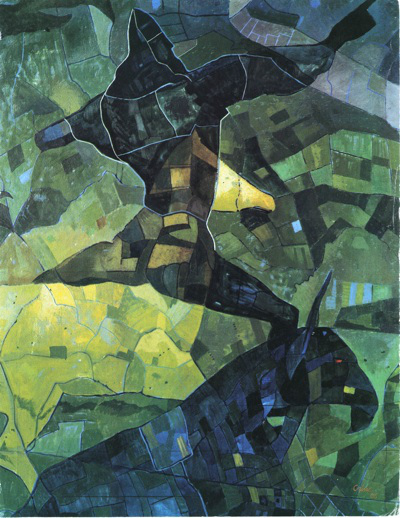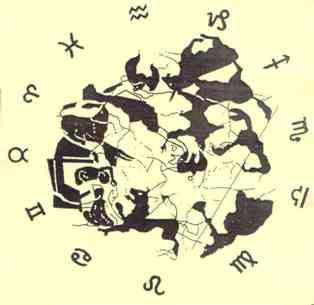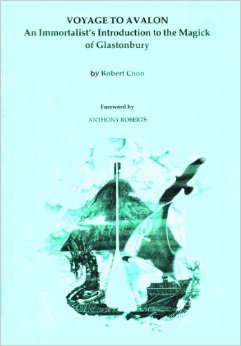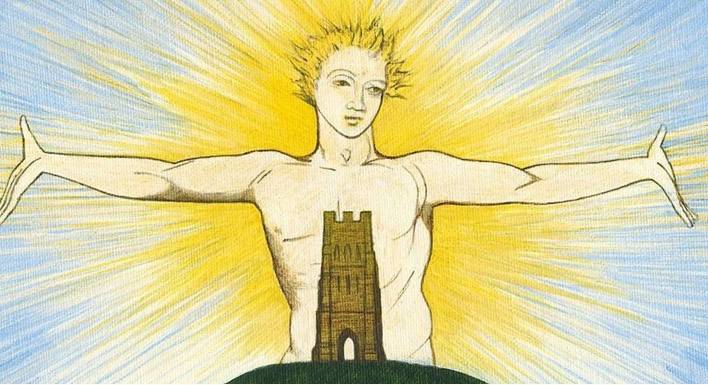The Glastonbury Zodiac is the most contentious and expansive of our many mysteries. Theosophically inclined mystic world-travelling sculptress Katharine Maltwood’s attention was drawn to a medieval Grail Romance, The High History of the Holy Grail or Perlesvaus, a text claiming to have drawn on documents in Glastonbury Abbey. Pondering on various mythic beasts featured in the tale, in conjunction with the sense that it featured definite details of local topography, she came to believe in the existence of a series of effigies, generally depicting signs of the zodiac in set sequence, with a circumference of about thirty miles.
The configuration included the usual ram, fishes, and a scorpion. The apparent symmetry of the design seems impressive. Firstly, we have zodiacal images in correct sequence pivoting around a central point. The heads of all but one image face west. Winter signs are placed in the north, four of which are partly drawn by the River Brue, summer signs lie in the south, four drawn with the aid of the River Cary. Eight of the effigies are similar in size, approximately 6,000 yards in breadth. There are three human figures in the group, Sagittarius, Virgo, and Gemini, which are taken to represent a father, mother, and child trinity and form an equilateral triangle. If laying a planisphere of the same scale as the landscape zodiacal circle down upon a map, the stars of the various constellations do tend to lie within the bounds of the alleged effigies. This enables one to say that a particular star has a definite corresponding location on the ground. This is the Hermetic “As above, so below” par excellence. Maltwood considered that the design has come together through some extraordinary process in nature that has been recognised and then enhanced through human agency.
This was the true Round Table of Arthur. The king himself was part of it, as the mounted archer of Sagittarius. Here was his original titanic form, asleep in Avalon. It was the Arthur figure that helped Maltwood to determine, at least to her own satisfaction, when the mighty work was constructed and by whom. Sagittarius has been variously linked with ancient deities whose names seem similar to Arthur: ie Assyrian Assur, Persian Ahura, and Phoenician Melkarth. Glastonbury’s Sagittarian archer seems to have a bearded face and pointed cap suggesting a middle-eastern look. He is aiming directly at the star Aldebaran, in Taurus. The Mesopotamian rivers Tigris and Euphrates rise at the spring equinox. Today the sun enters Aries at that time. When, due to precession of the equinoxes, it had been in Taurus, Aldebaran was synchronised with the rivers as Sirius once was with the Nile inundation. It began the Babylonian New Year festivities. Katharine Maltwood came to believe that it was during this period, around 2,700BC, that the landscape zodiac was constructed by wandering initiates of some Middle Eastern mystery cult.
It might not be a tremendous surprise to learn that conventional history and archaeology does not endorse any of this theory. It has, however, inspired some remarkable visionary effusions and led many to life-changing experiences.
During the early sixties Maltwood was championed by Brinsley le Poer Trench, a UFOlogist and pioneer of the ancient astronaut hypothesis. Being as it seemed that the design could only be appreciated from the air he was convinced that it was connected with extra-terrestrial mysteries and also a prophecy of rebirth in the coming Aquarian age.
The Glastonbury Zodiac became a well-known idea during the seventies through the advocacy of Mary Caine, who developed Maltwood’s ideas and published a large format book on the subject.
American visionary Robert Coon placed his investigation of the Glastonbury Zodiac in a huge global perspective that connected with Mesoamerican calendar mysteries, astrology, and the magick of Aleister Crowley as well as the usual Glastonbury themes such as the local landscape and the Arthurian corpus.
During the mid-eighties, mysteries researcher and leading psychic quester Andrew Collins, experienced an epic journey around the sites that led to a further extended odyssey on the Giza plateau.
In 1990 he further road-tested his material by leading his psychic questing group of the time on a 36 hour intensive in the Glastonbury landscape. I was part of that group and can attest to the fact that my consciousness was permanently mutated by the experience.
 My autobiographical Avalonian Aeon deals with my 1990 vision quest in considerable detail and features extensive otherwise unpublished material dealing with Andrew Collins eighties adventures and how they led to Egypt.
My autobiographical Avalonian Aeon deals with my 1990 vision quest in considerable detail and features extensive otherwise unpublished material dealing with Andrew Collins eighties adventures and how they led to Egypt.
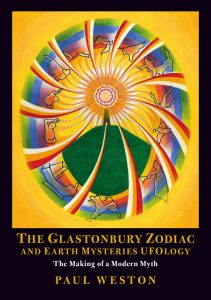 My Glastonbury Zodiac and Earth Mysteries UFOlogy delights in detailing the sixties and seventies flying saucer visionaries whose inspirations led to the development of the town into the world pilgrimage centre it has now become.
My Glastonbury Zodiac and Earth Mysteries UFOlogy delights in detailing the sixties and seventies flying saucer visionaries whose inspirations led to the development of the town into the world pilgrimage centre it has now become.
Books
Sample and buy Paul’s remarkable diverse eleven books on Amazon Kindle. Link to his Author’s Page for paperback editions in UK.
Lectures
YouTube lectures, podcasts, and paid Zoom imagery-rich presentations on a wide range of material. History, occultism, psychic questing, synchromysticism, and more.
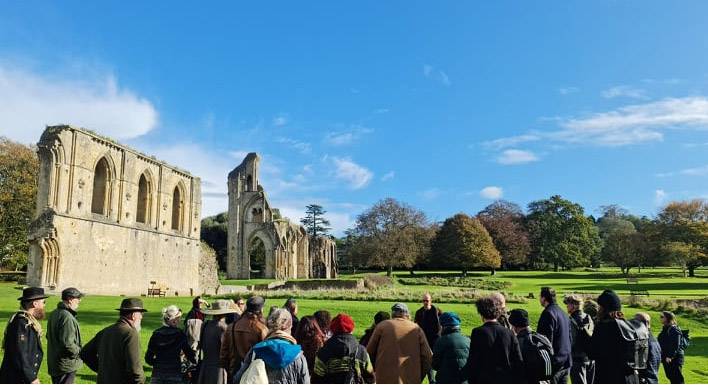
Avalon of the Heart Tours
Unique Avalon of the Heart walking tours taking in the Tor, Abbey, Chalice Well, and White Spring, infused with Paul’s passion and knowledge.
 NEWSLETTER
NEWSLETTER
Sign up for latest news, lectures, tours, and special events.

